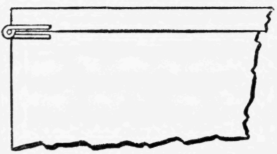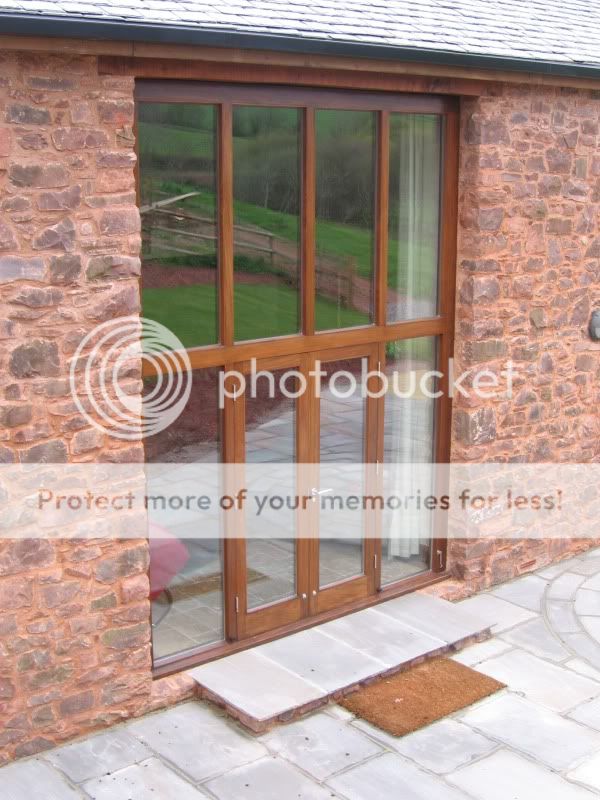Dibs-h
Established Member
Chaps
I've got some 76x51mm hinges, but they are the ball bearing s\s variety -

there doesn't seem to be any overwhelming reason why they can't be used for the casement windows I'm making, is there?
Also, in the past (way back) I would be inclined to fit them such that (width ways) the outer face of the timber would be level with the middle of the pin?

Is it still the same with these ball bearing hinges?
Thanks
Dibs
I've got some 76x51mm hinges, but they are the ball bearing s\s variety -

there doesn't seem to be any overwhelming reason why they can't be used for the casement windows I'm making, is there?
Also, in the past (way back) I would be inclined to fit them such that (width ways) the outer face of the timber would be level with the middle of the pin?

Is it still the same with these ball bearing hinges?
Thanks
Dibs


































